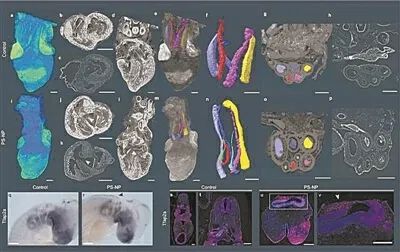According to French media reports, a new study shows that the impact of plastic waste pollution, as of 2019, the global ocean of about 170 trillion plastic particles, marine plastic pollution is becoming increasingly serious. The study, published in the international journal Public Library of Science, shows that as of 2019, 170 trillion plastic particles, weighing a total of about 2.3 million tons, were floating in the global ocean. Notably, the researchers analyzed pollution in the Atlantic, Pacific and Indian oceans, as well as the Mediterranean Sea, during the four decades from 1979 to 2019, and found no significant trend of growth in plastic waste before 1990.
It fluctuated between 1990 and 2005, and then began to surge after 2005.
Studies show that most of the marine plastic waste is fishing gear such as nets and floats, followed by clothes, car tires and single-use plastic products. The study says the plastic will break down into smaller plastic particles when it flows into the ocean, and some marine life will mistake it for food and swallow it, leading to death.
International Journal of Environment: Nanoplastics may cause growth deformities
March 15, 2009 - Researchers at the Leiden Institute for Biological Studies in the Netherlands used chicken embryos as a model to study the possible extreme effects of polystyrene nanoparticles and found that nanoplastics can cause deformities, according to a study published in the latest issue of the journal Environment International.
The researchers used a high concentration of polystyrene particles, which are not normally present in living organisms. But it shows the effect of nanoplastics on very young embryos in extreme cases. The researchers observed malformations of the nervous system, heart, eyes and other parts of the face. The study found that nanoplastics target embryonic neural crest cells. These stem cells are formed early in the existence of all vertebrates. Neural crest cells begin in the spinal cord and migrate to form part of the nervous system. They also form part of several vital organs, such as the arteries, heart and face. However, when nanoparticles surround neural crest cells, the migration of these cells is disturbed, resulting in impaired growth.

Nanoparticles cause cardiac malformations by disrupting the development of the cardiac neural crest

